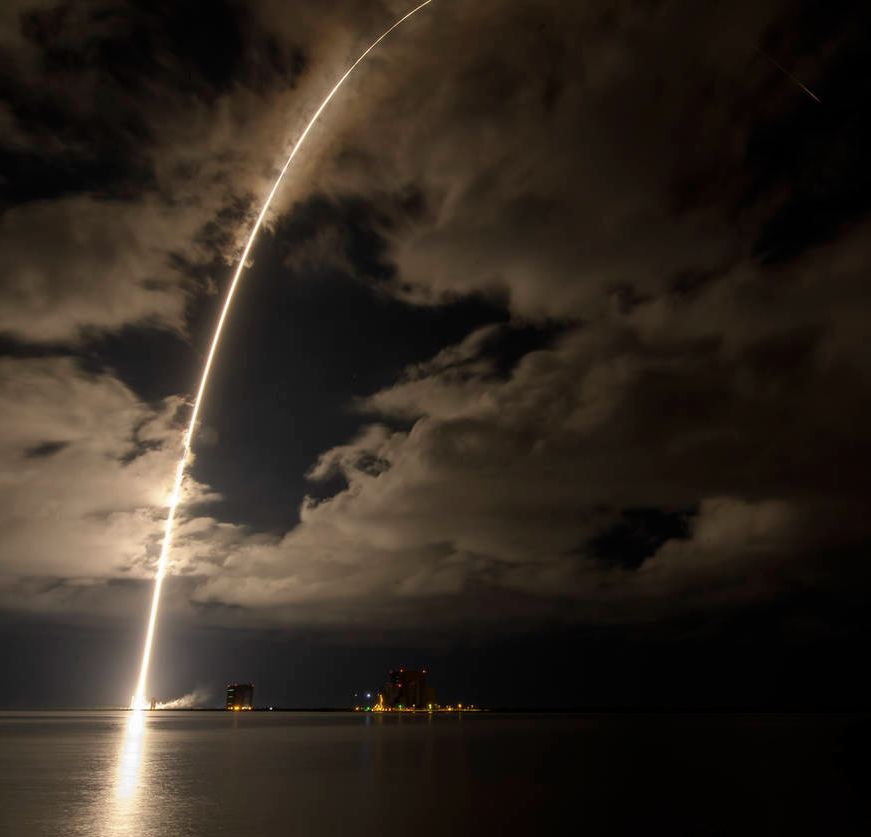NASA’s Lucy spacecraft is on its way. The spacecraft was launched into space on Saturday, October 16th on an Atlas 5 rocket. Its primary target is Jupiter’s Trojan asteroids.
Spacecraft have visited asteroids before, and even brought samples back to Earth. But Lucy is unique: it’ll visit a total of eight asteroids, including seven Jupiter Trojans and one main-belt asteroid. All these visits will take Lucy 12 years to complete.
Trojan asteroids are asteroids that share Jupiter’s orbit. There are two groups of them; one ahead of Jupiter and one behind, both by 60 degrees. There are almost 10,000 Jupiter Trojans, and to astronomers, they’re like fossils from the early days of the Solar System, when planets were forming.

“A true mission of discovery, Lucy is rich with opportunity to learn more about these mysterious Trojan asteroids and better understand the formation and evolution of the early solar system,” said NASA’s Thomas Zurbuchen.
What’s Lucy hoping to discover? Why are asteroids sort of like fossils?
The generally accepted idea of how the Solar System formed is called the nebular hypothesis. It states that the Solar System began as a cloud of swirling gas and dust. The Sun formed in the center of all of that, and the planets gobbled up almost everything else. But not quite.
Asteroids largely escaped the planet formation process. The rock that makes up asteroids is ancient and largely unchanged. In the case of the Trojan asteroids, scientists think they’re remnants of the material that made up the giant planets (Jupiter, Saturn, Uranus, and Neptune). Together, they hold a record of conditions in the protoplanetary disk out of which the planets formed.
One surprising thing about the Jupiter Trojans is that their surfaces vary from one another. Scientists think that likely means they formed in different places and were moved into their current orbits as the Solar System’s planets formed.
Lucy’s overarching mission is to try and decipher what all that diversity tells us about the history of our planetary system. To do that, NASA has outlined four science objectives for the mission:
- Surface geology: the shape, the reflectivity, crater characteristics, crust structure and layering, and the relative ages of the surfaces.
- Surface colour and composition: the characteristics of the regolith and the presence and distribution of minerals, ices, and organics.
- Interiors and Bulk Properties: Lucy will study any fractures, impact craters, exposed bedding and ejecta to determine the asteroids’ interior composition.
- Satellites and Rings: Lucy will find any satellites and rings that the Trojan asteroids may have.

While the Trojan asteroids are Lucy’s primary target, its visit to the main belt asteroid is also scientifically interesting. That asteroid is named after the discoverer of the Lucy fossil, Donald Johanson. Asteroid 52246 Donaldjohanson is likely the result of a more recent collision in the asteroid belt, making it one of the younger asteroids in the main belt between Mars and Jupiter. Donaldjohanson will be the first asteroid Lucy visits, on its way to the Trojans. That’ll happen on April 20th, 2025.
The Lucy mission is named after the fossilized skeleton of a very early type of human called Australopithecus afarensis as a nod to the fossil-like nature of asteroids. The Lucy fossil revolutionized our understanding of our own evolution, and scientists hope the Lucy mission will do the same for our understanding of the Solar System.

